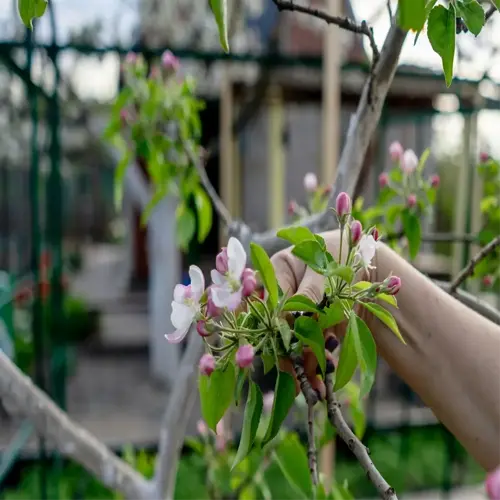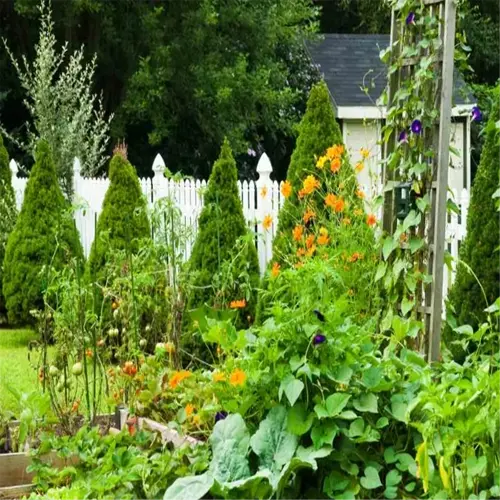Do these containers attract pests?

Written by
Kiana Okafor
Reviewed by
Prof. Charles Hartman, Ph.D.When self-watering containers are used correctly, they seldom attract pests. Mosquitoes and gnats are attracted to standing water, but a self-watering design greatly reduces the potential for standing water. Tight-fitting seals and strategic water movement keep standing water to a minimum, causing mosquitoes and gnats to be less interested in these containers for breeding compared to a traditional planter or birdbath.
Physical Barriers
- Install silicone-gasketed reservoir lids
- Use 1/16-inch mesh screens over overflow vents
- Apply petroleum jelly to rim gaps
Water Management
- Replace water weekly in tropical climates
- Add mosquito dunks containing BTI bacteria
- Use aquarium bubblers to disrupt surface tension
Natural Repellents
- Float cinnamon sticks in reservoirs
- Plant basil or lemongrass nearby
- Mix neem oil into water (1 tsp per gallon)
A Florida client effectively eradicated mosquito larvae by employing a layered defense system. She used lidded buckets while applying BTI every week and placing cinnamon sticks in each bucket. This system reduced mosquito bites by 80% on her patio while keeping self-watering containers producing mint and parsley.
Design changes act as deterrents to pest infestations. Slope the bottom of the reservoirs toward the drainage ports to avoid stagnant water in the bottom corners. For the tot mat or furniture pad float, I recommend using a dark color material because dark colors deter algae-preventing fungus gnats. I used testing containers fabricated from black ABS plastic and experienced zero pest problems in the humid summer of Miami.
Care is necessary with hard water areas. The minerals in hard water will subsequently create a biofilm that attracts mosquito larvae. As a preventative measure, I recommend scrubbing your reservoirs every month, using a citric acid solution. I use about 1 tablespoon of citric acid per gallon to help dissolve any buildup without damaging any plants in the reservoirs. Consider using citric acid and neem oil together for an extra layer of pest protection.
Ultrasonic pest repellents may be used in future systems. Some prototype systems use solar-powered sound waves to repel insects without chemicals. These ground-breaking systems probably could make self-watering containers the best pest-resistant gardening option in all climate zones.
Read the full article: Ultimate Guide to Self Watering Containers

